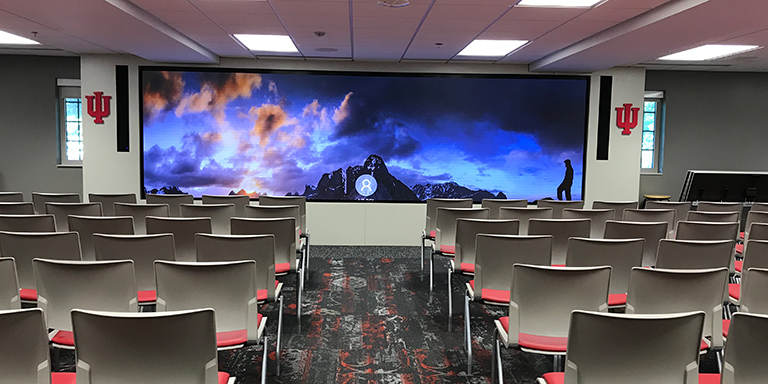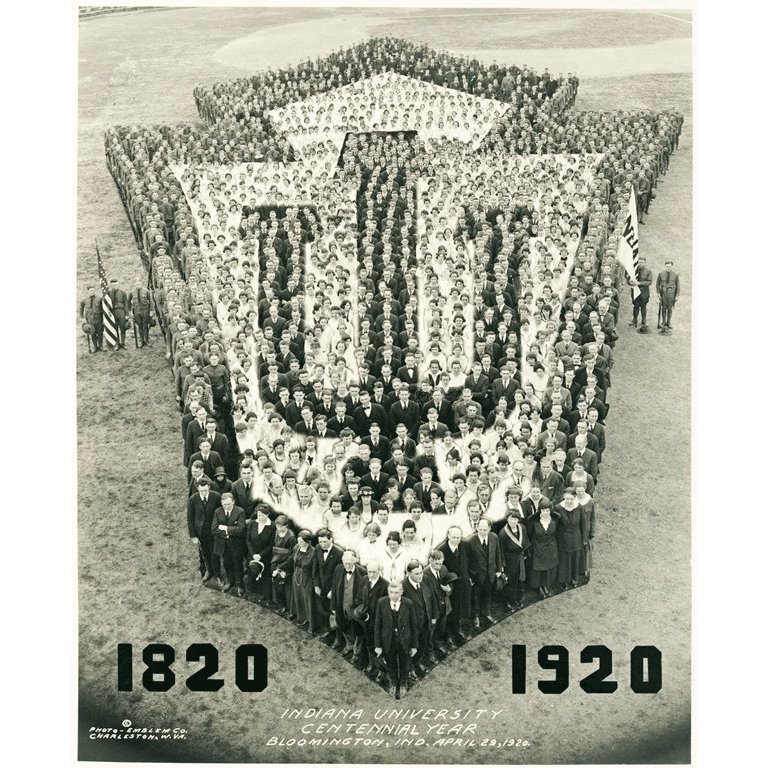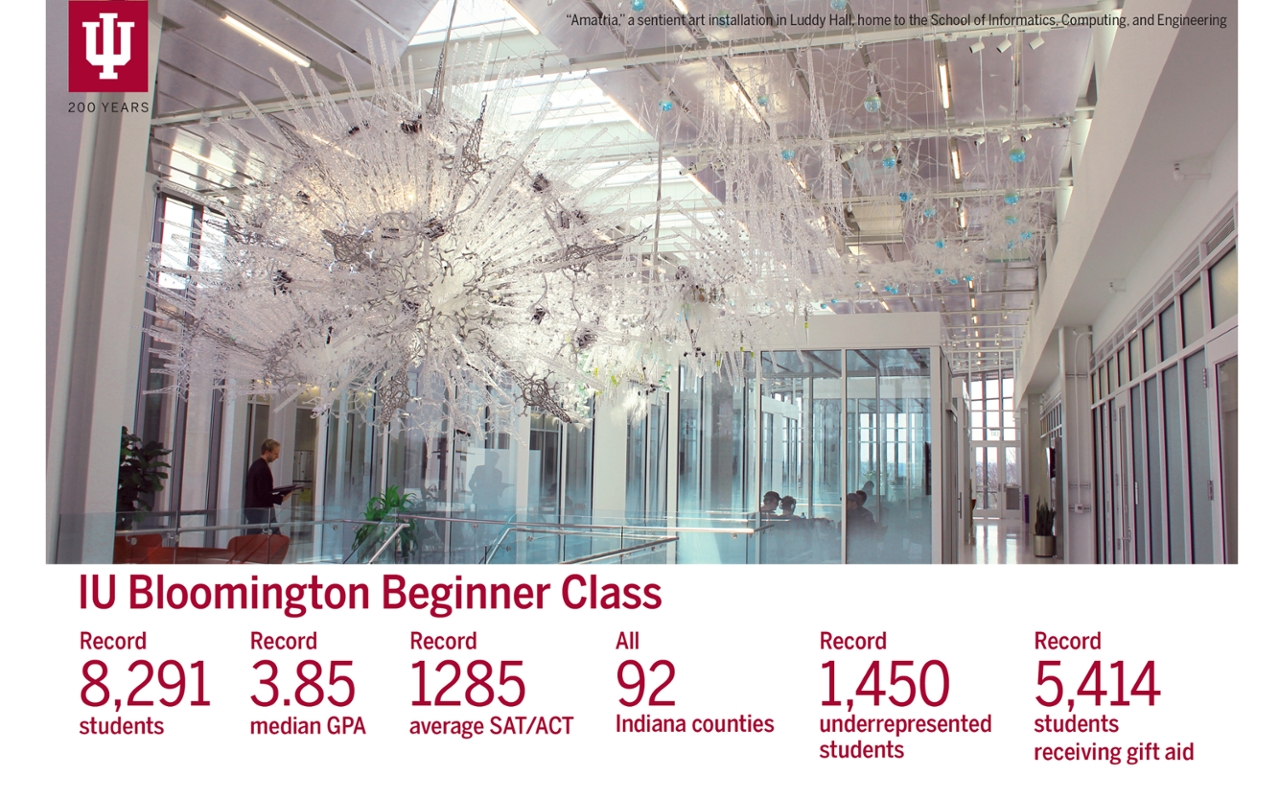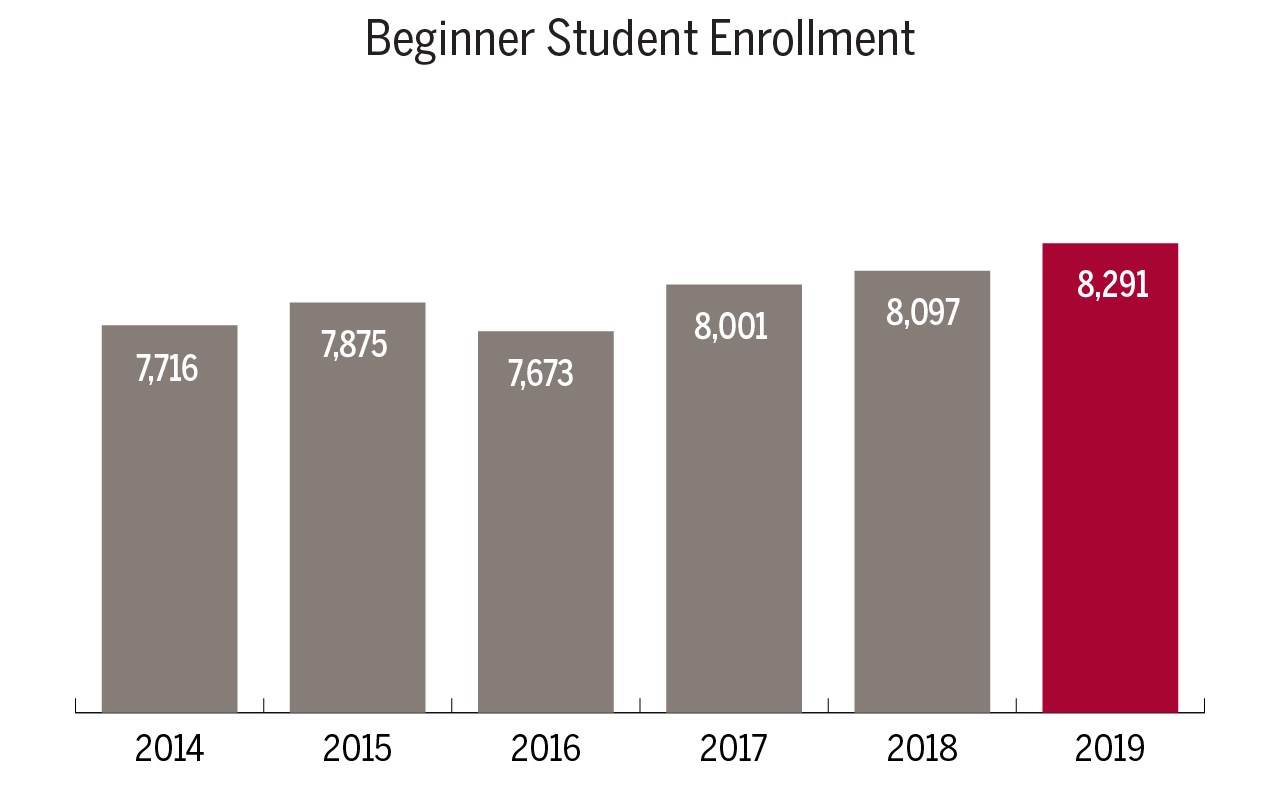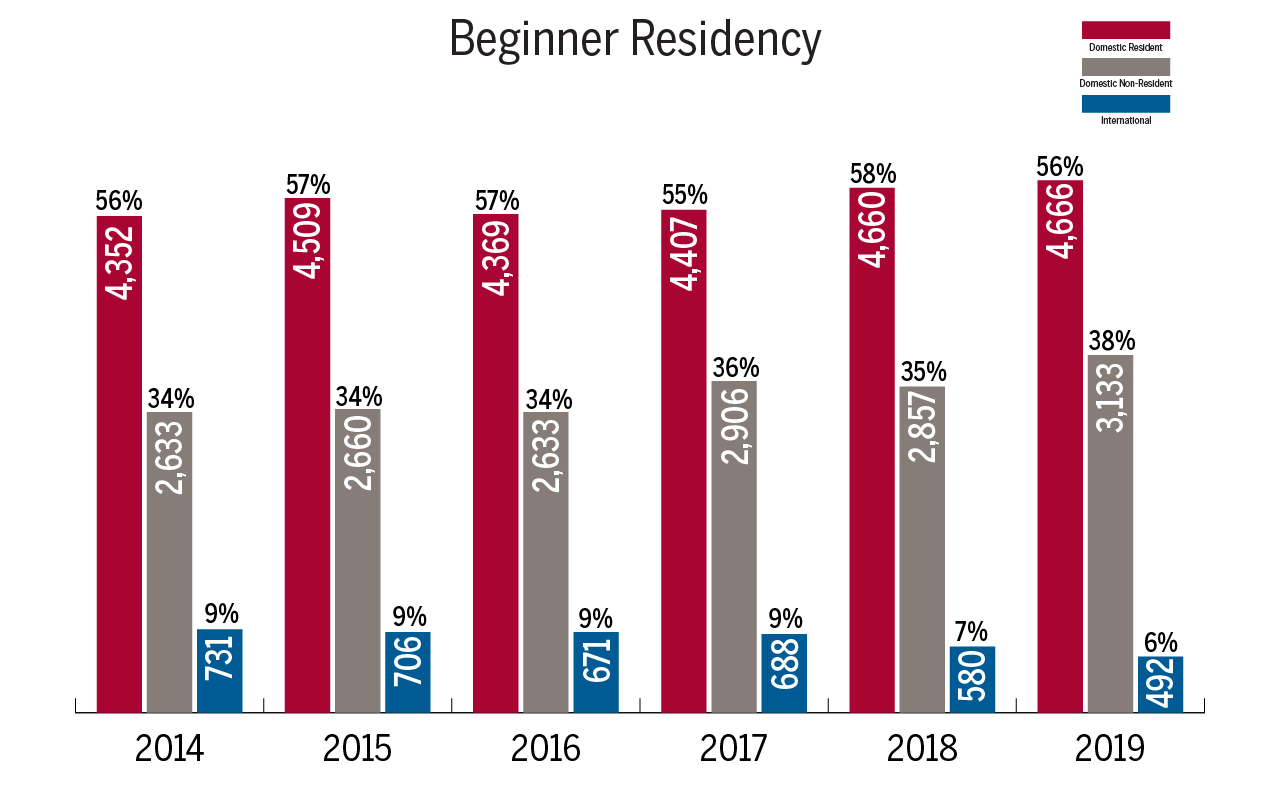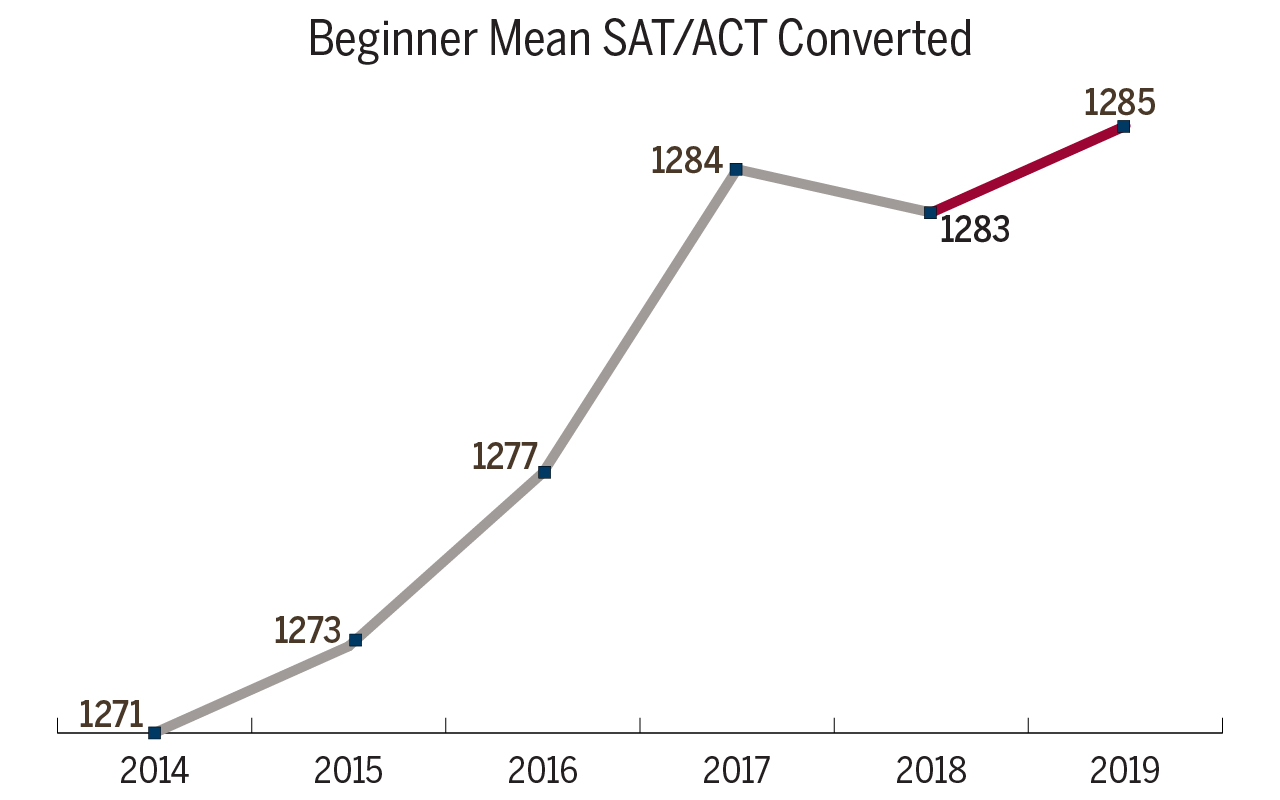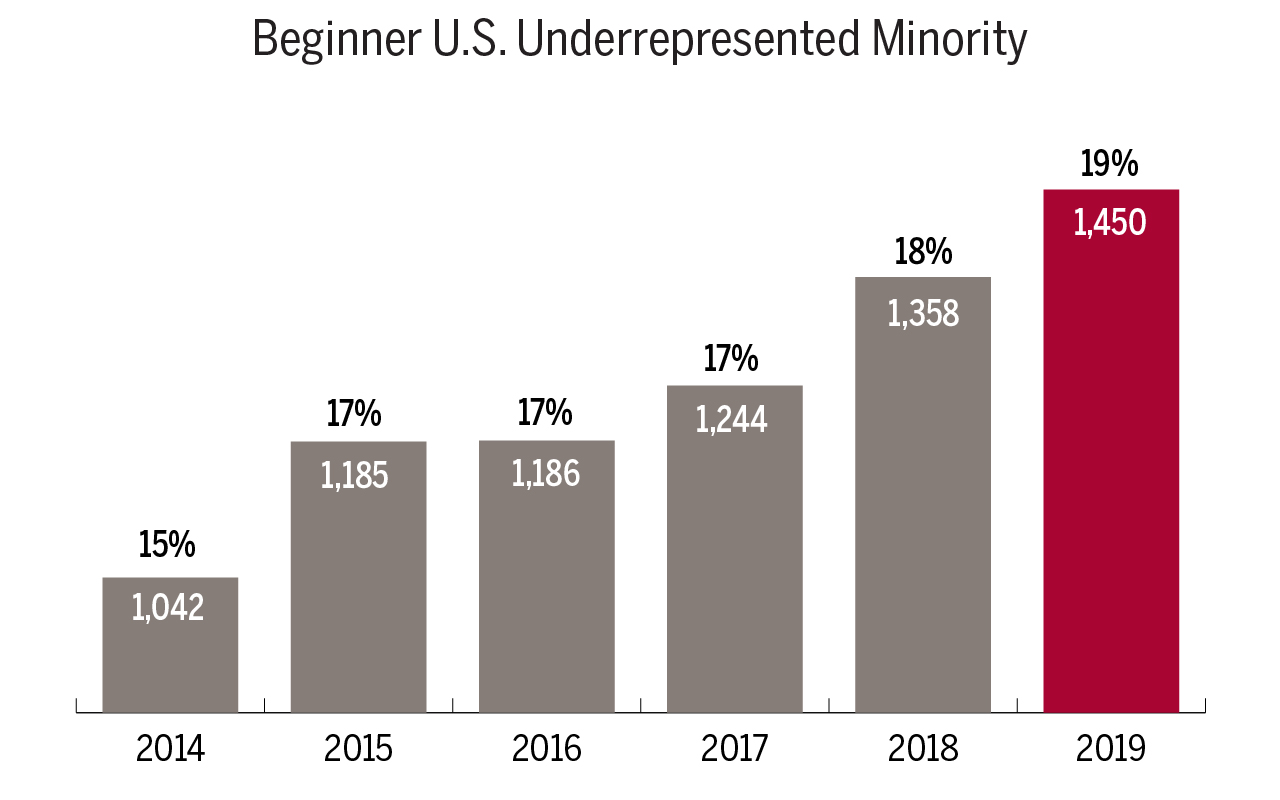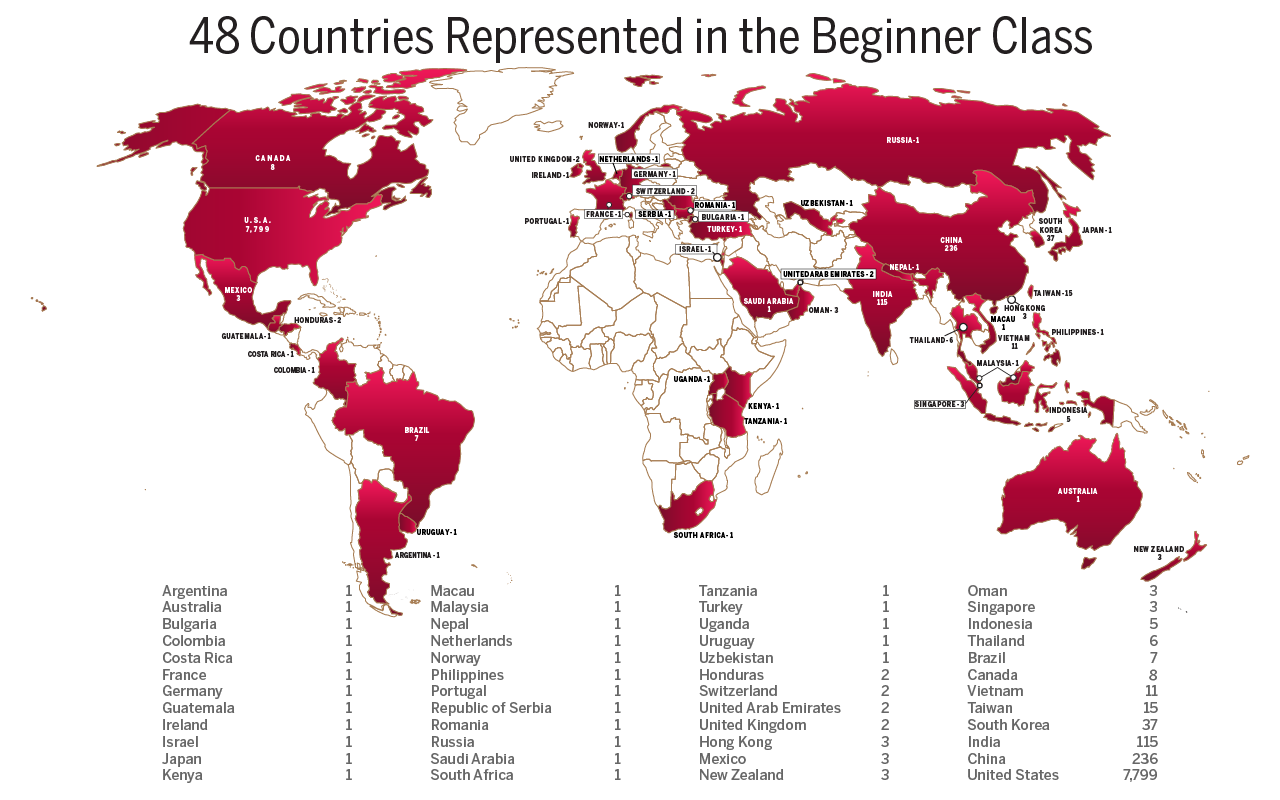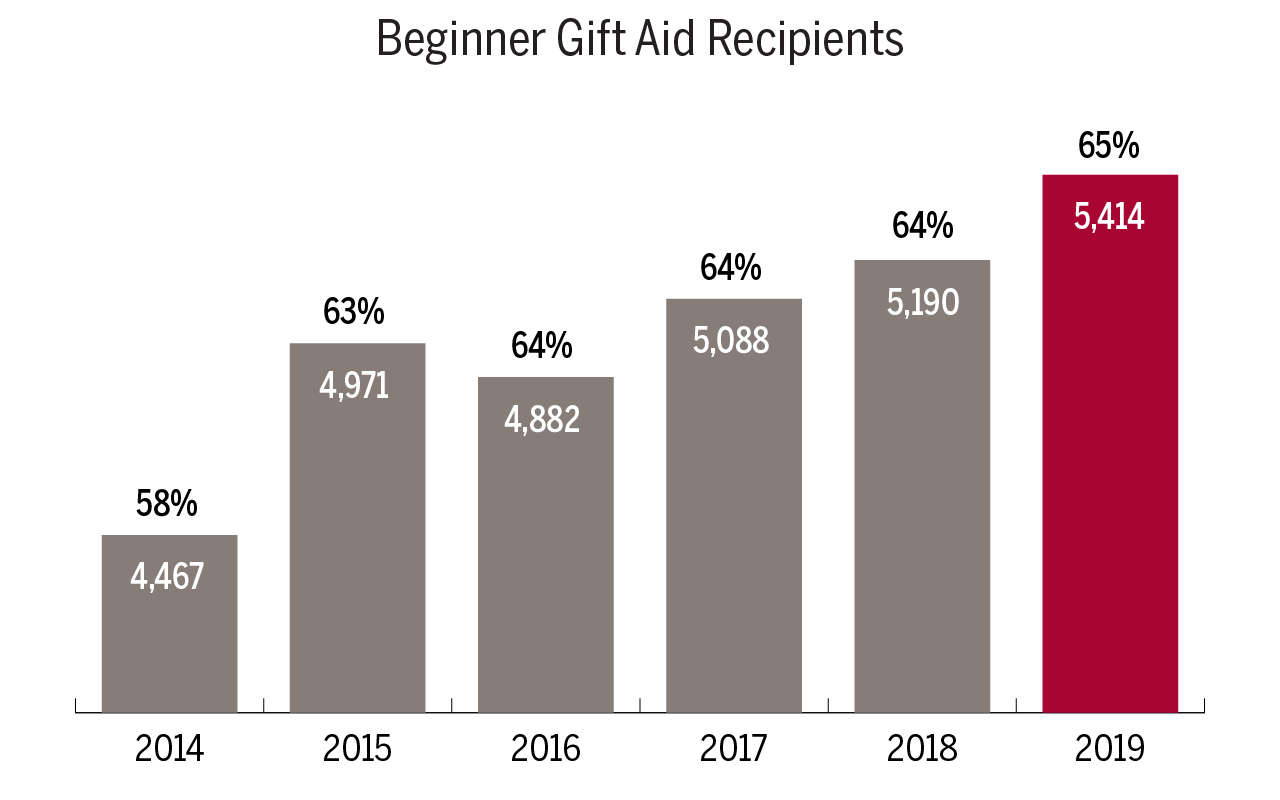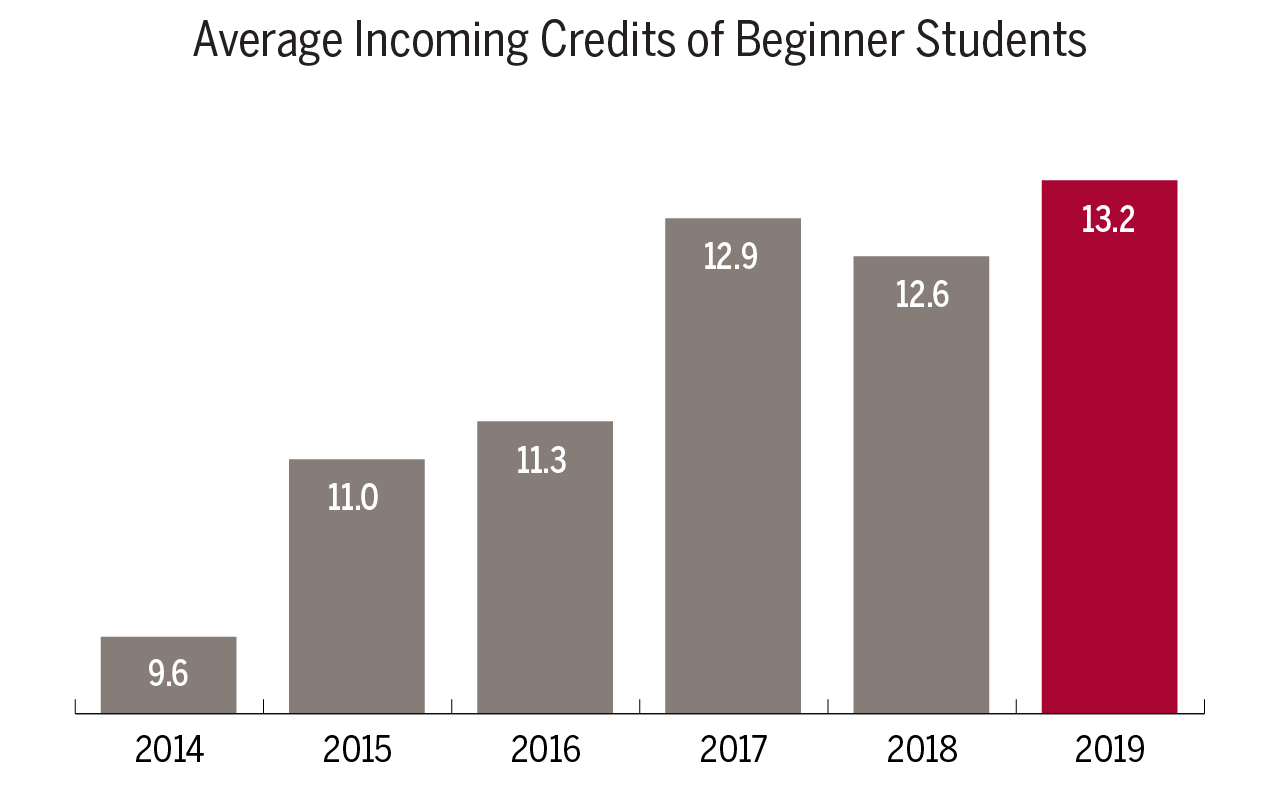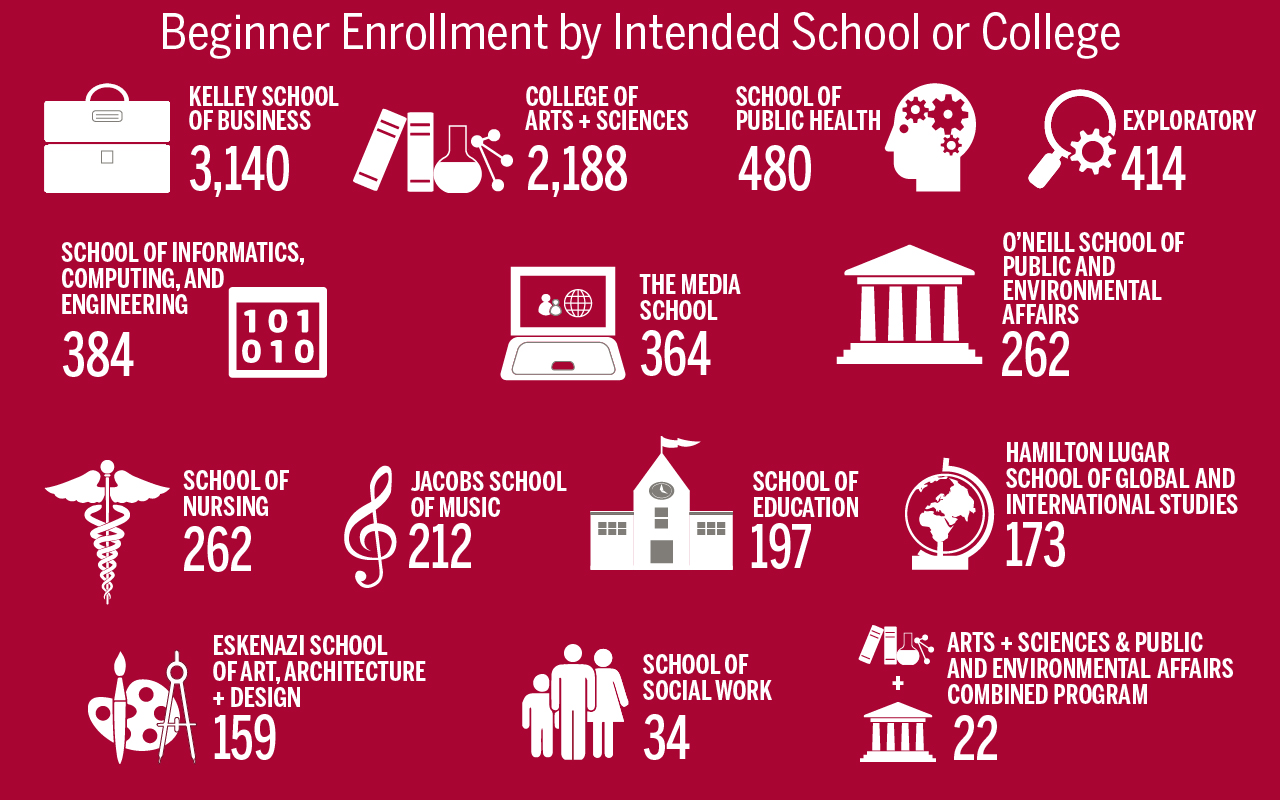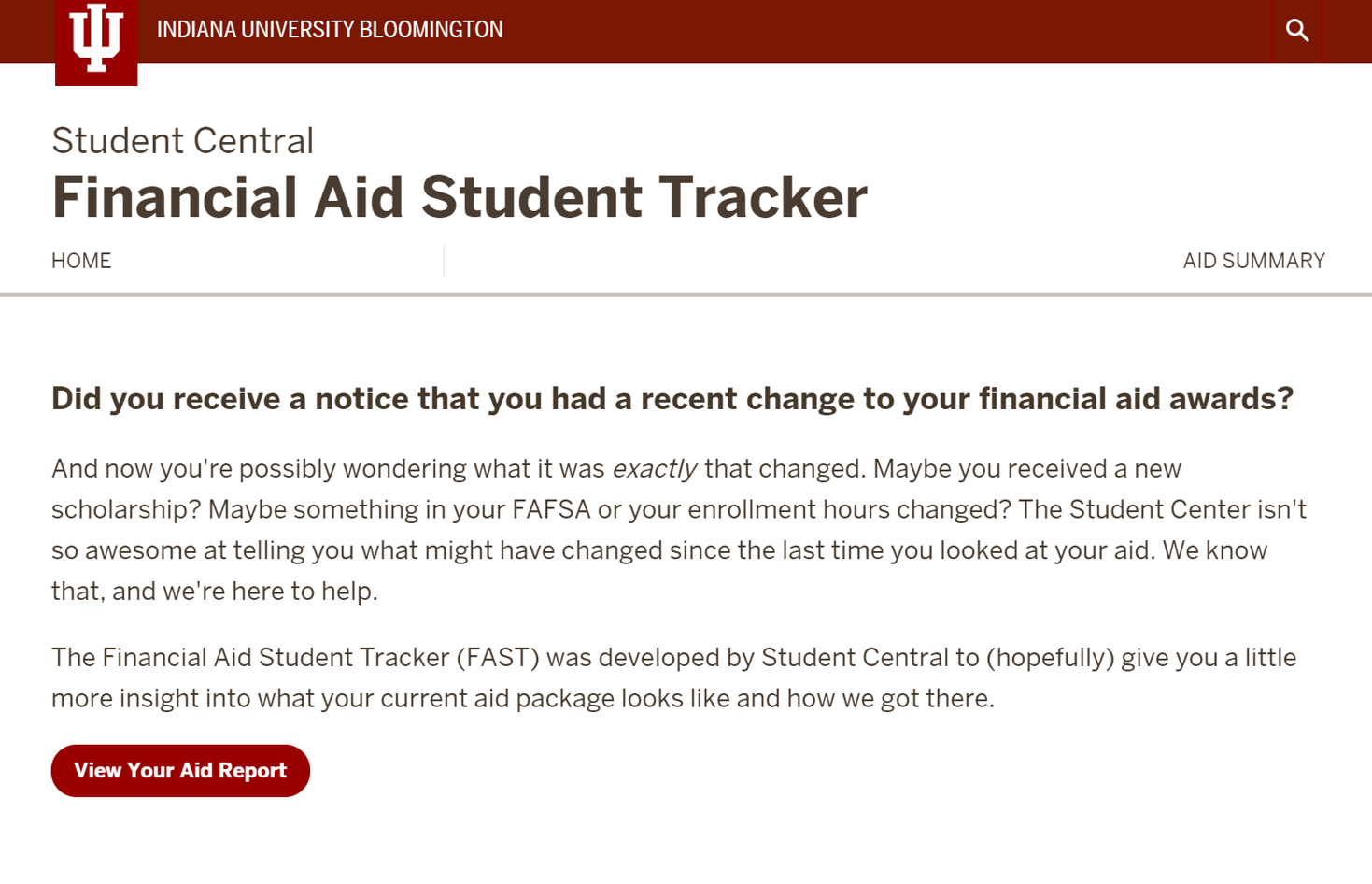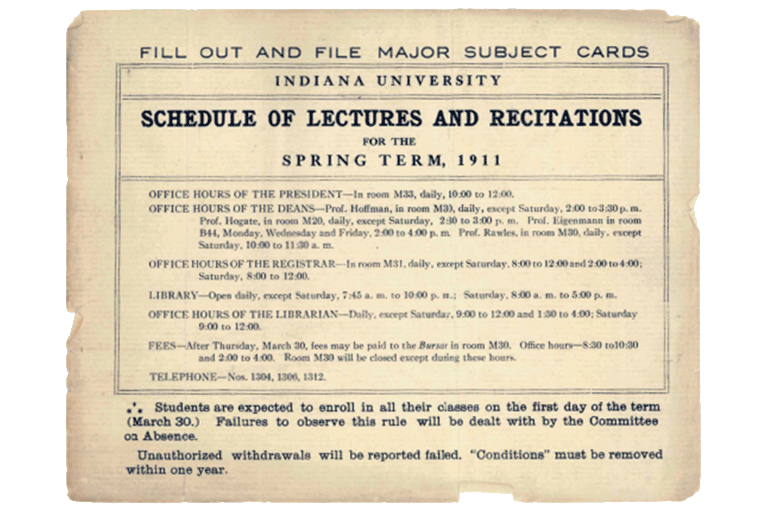This year marked the fifth anniversary of the award-winning Six C’s initiative, our outreach plan centered on the following channels: communications, community-based organizations, community colleges, camps and competitions, churches and faith-based organizations, and school counselors. Since launching the Six C’s in 2013, we have seen a 64 percent increase in beginner underrepresented students at IU Bloomington.
As we continue to develop the Six C’s strategy, this year saw exciting changes such as a new role supporting veterans in the admissions process; expanded outreach in Indianapolis and in Monroe, Lake, and Allen counties; and an increased emphasis on precollege recruitment through a new precollege programs website, as well as print and partner outreach related to these programs.
This year also brought about exciting new partnerships, in alignment with our focus on serving Indiana students and increasing access for low-income students. IU and Purdue are partnering with the College Board across the state of Indiana to encourage college preparation through excellence in coursework. This included a letter from President McRobbie and President Daniels sent directly to Indiana high school juniors.
IU is also partnering with the American Talent Initiative (ATI) and joining their efforts to increase college access for low- to moderate-income students. We look forward to leveraging this partnership to create more equitable opportunities for all students, with a special emphasis on transfer students, veterans, and students from rural areas.



